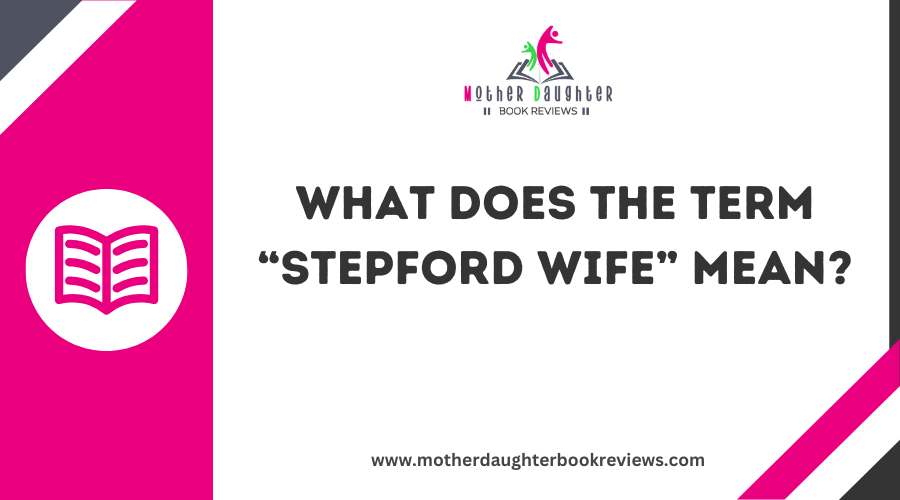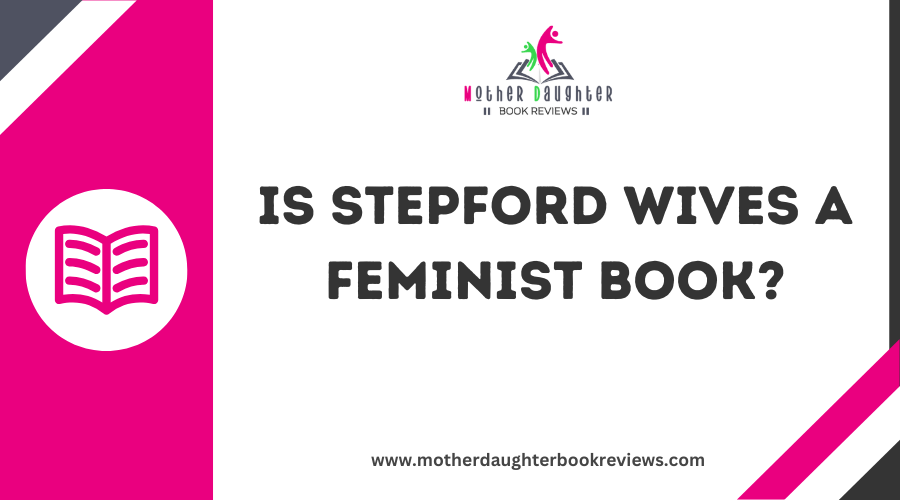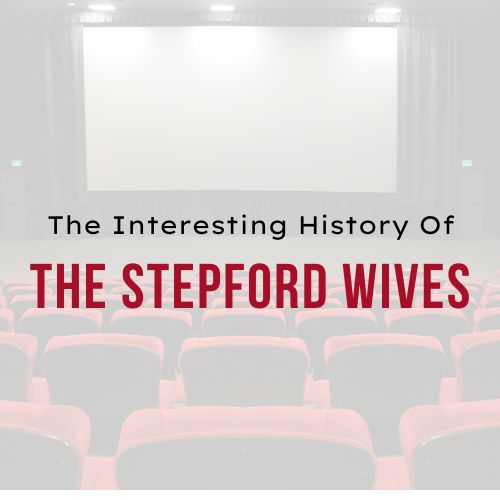What Is the Stepford Wives Based On?
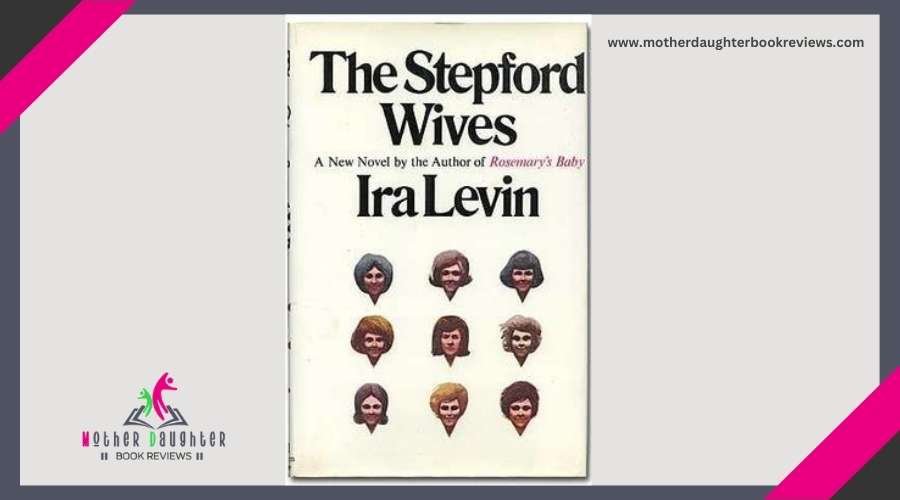
The Stepford Wives is the title of Ira Levin's classic 1972 novel that examined the haunting concept of a seemingly idyllic suburban town where women are mysteriously transformed into obedient, domestic "Stepford wives" - a powerful metaphor for societal pressures and gender oppression.
Feminist scholars analyze the narrative as an allegory for women's oppression. Its 1975 film adaptation is considered a significant cultural work that has inspired later works and shaped debates on technology and the control of women. This narrative's enduring legacy and cultural relevance demonstrate why it still resonates with readers and viewers today.
The Stepford Wives: A Novel
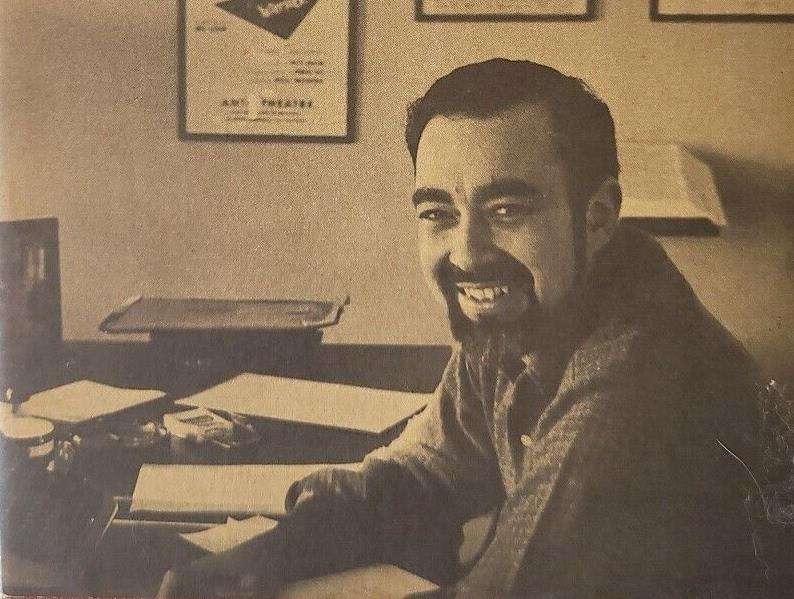
The Stepford Wives, Ira Levin's 1972 satirical feminist horror novel, captivates readers with its unsettling tale. Set in the fictional town of Stepford, Connecticut, the story follows a protagonist who suspects the wives have been altered into submissive homemakers. Levin's novel is a landmark in feminist horror, exploring gender and societal control themes.
The term "Stepford wife" has become a derogatory reference to women conforming to traditional gender roles. The novel has been adapted into two films - a 1975 version and a 2004 remake - further cementing its status as a cutting social satire.
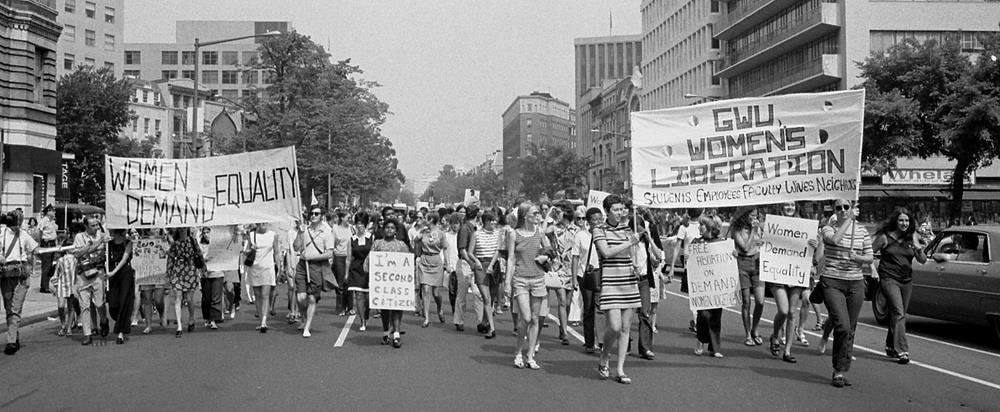
Written during the second second feminist movement in America, the novel serves as a cautionary tale about the dangers of unchecked misogyny.
Plot Summary of the Story
Protagonist Joanna Eberhart relocates with her husband Walter to the affluent town of Stepford, Connecticut, desirous of a fresh start. The Stepford Wives follows Joanna as she becomes increasingly disturbed by the transformation of her independent-minded friends into mindless, docile housewives.
Joanna discovers the men's club is responsible for turning the women into robot-like replicas of their former selves. Despite her attempts to escape, Joanna herself is ultimately converted into a compliant wife.
Meanwhile, new resident Ruthanne Hendry is positioned to become the next victim of Stepford's sinister conspiracy. Much like Matilda's journey against Miss Trunchbull's tyranny, the story explores themes of female empowerment through resistance against oppressive systems.
Themes Explored in the Work
Although The Stepford Wives is a classic work of feminist horror, its deeper themes go beyond the surface-level narrative. At its core, the novel investigates male fears of women's liberation and the societal expectations for women to prioritize domestic duties over their aspirations.
The transformation of the Stepford wives into passive, docile homemakers is a powerful critique of the loss of independence and agency, as women are reduced to serving their husbands. The Stepford Wives tackles the role of women in the nuclear family, addressing the societal pressures and limitations placed on them.
Much like diverse perspectives and representation in contemporary children's literature, the novel confronts important social issues that continue to resonate with readers. Ultimately, the novel is an allegory for the post-feminist backlash, examining the intersections of gender, technology, and the societal control of women.
Reactions to Feminism and Gender Roles
The Stepford Wives are men's fears over the women's liberation movement and the societal pressures for women to conform to traditional domestic duties.
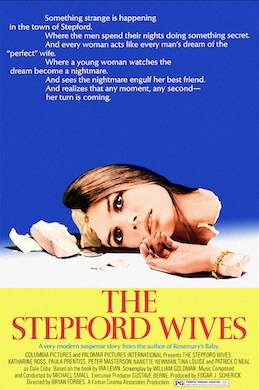
The original Stepford Wives, both the 1972 novel and the 1975 film starring Katharine Ross as Joanna Eberhart, critique these reactions.
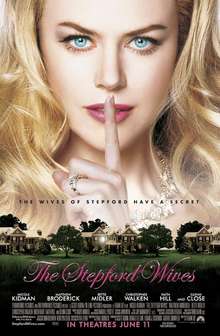
The 2004 film version, starring Nicole Kidman, further examines the second-wave feminist themes of the original.
The transformation of Joanna and other wives into passive, domestic "Stepford wives" reflects men's desire to control women and reject their autonomy and independence in New York City society.
Women's Roles in Domestic Spaces
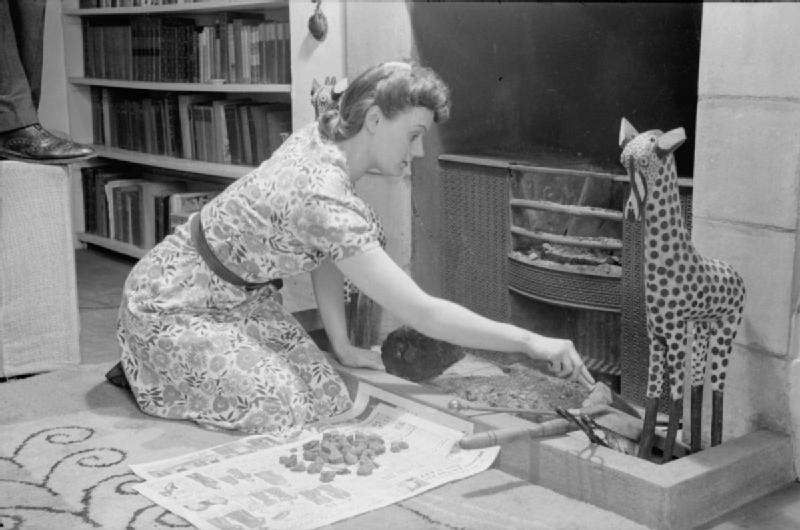
At the heart of The Stepford Wives lies the critique of women's confinement to the domestic sphere. As the second wave of feminism swept across America, feminist activists fought to expand women's roles beyond the home.
However, the novel reflects the male fears of this social change. The story's psychological horror mirrors contemporaneous films like Invasion of the Body Snatchers and Rosemary's Baby, depicting the Upper West Side women's alteration into the perfect Stepford Wives - obsessive homemakers devoid of individuality.
The town of Stepford embodies the suburban culture restricting women's autonomy, reducing them to objects of male control and consumerism. The Stepford Wives cautions us about the dehumanizing consequences when women's identities are solely defined by domestic duties.
Consent and Bodily Autonomy
How does The Stepford Wives probe into the critical themes of consent and bodily autonomy? At the heart of the story lies a chilling violation of the women's consent and bodily autonomy. The conversion into submissive, docile "Stepford Wives" represents a complete loss of their liberty and control over their identities.
The dystopian horror stems from the women's inability to maintain agency over their bodies, a disturbing consequence of unchecked patriarchal power. The Stepford Wives is a cautionary tale that underscores the significance of preserving individual consent and the sanctity of bodily autonomy despite subjugation.
Adaptations of the Original Novel
The Stepford Wives has been adapted into several screen versions over the decades, each offering a distinctive viewpoint on the novel's chilling premise.
The 1975 film emphasized the gender conflict and sterility of suburban living, while the 2004 remake portrayed the women being altered into carefully controlled cyborgs. The television sequels further investigated the horror element, with the wives and children being replaced by brainwashed drones.
These adaptations have captured the essence of Ira Levin's 1972 novel, where the wives and second-wave feminism intersect, and men's association with their wives becoming robots.
The Term "Stepford Wife" Explained
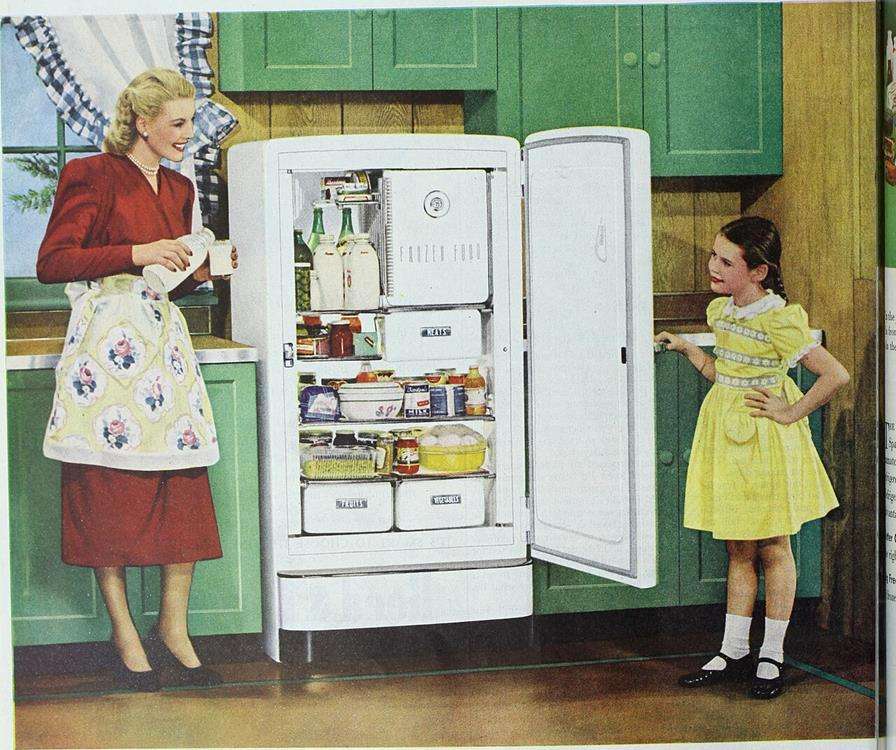
The term "Stepford wife" stems directly from Ira Levin's 1972 novel, which painted a chilling portrait of suburban conformity and male dominance.
The "Stepford wives" in the novel and subsequent film adaptations were robot replicas created by a group of husbands to replace their independent-minded spouses with obedient, domestic homemakers.
This term has become a potent symbol of the feminist critique of patriarchal control and the societal pressure for women to prioritize homemaking over their aspirations. The "Stepford wife" has endured in pop culture as a shorthand for the stereotypical submissive, docile, and housework-obsessed wife, a satire of traditional gender roles.
Cultural Impact and Societal Influences
The term "Stepford wife" has had a deep cultural impact, becoming a widely recognized symbol in discussions surrounding gender roles, societal expectations, and the ongoing struggle for women's autonomy.
The "Stepford wives" trope reflects the patriarchal oppression and societal control over women's minds and bodies. It's a powerful representation of the challenges faced by the feminist movement in achieving gender equality. Feminist scholars have analyzed this concept, highlighting how it cautions anyone about the consequences of conforming to traditional gender norms.
The enduring relevance of the "Stepford wives" narrative emphasizes its significance as a cultural touchstone. It has influenced numerous works exploring themes of gender, technology, and individual autonomy.
Continued Relevance and Legacy
Even decades after its initial publication and film adaptations, The Stepford Wives's lasting impact still strikes a chord with audiences. The term "Stepford wife" remains a widely recognized cultural shorthand for a submissive, unnaturally perfect homemaker, reflecting the story's ongoing influence.
Feminist scholars persistently analyze the Stepford Wives narrative as a powerful allegory for the oppression and loss of autonomy experienced by women, making it an essential exploration of gender roles and societal pressures.
The 1975 film's enduring legacy as a classic thriller and horror has also inspired later works. These adaptations demonstrate The Stepford Wives's continued cultural relevance and impact on discussions of technology and the control of women.

